
If you've ever looked at your aquarium and noticed that the water had turned a dark green, you're not alone. This common issue is often perplexing for aquarium hobbyists, and understanding the causes can help you address the problem effectively. In this article, we'll discuss the reasons behind green aquarium water, its effects on aquatic plants and tank inhabitants, and the steps you can take to resolve the issue.
Causes of Green Aquarium Water
Green aquarium water happens when there is an overgrowth of microscopic algae called phytoplankton. These tiny organisms thrive when excess nutrients become available. Frequently, aquarium owners cause green water algae (Chlorella) or blue-green algae (Cyanobacteria) blooms by simply having the aquarium light on too much or too strong.
Solutions for Green Water Problems
- Reducing Direct Sunlight: One of the more straightforward solutions to combat this issue is to minimise direct sunlight reaching your aquarium. This is because sunlight triggers algae growth and causes it to bloom rapidly, leading to the green water effect. To prevent this, you can place your tank in a location that receives indirect sunlight or use blinds to block out intense rays. Maintaining a consistent light cycle with a timer and avoiding overfeeding fish can also prevent the overgrowth of algae that leads to green water. These simple steps allow you to keep your aquarium clean, healthy, and visually appealing for viewing pleasure!
- Controlling Excessive Light: Another effective strategy for green water management in fish tanks is controlling the light exposure time. A simple way to accomplish this is by using a timer, which can be set up to regulate the duration of aquarium lights being on at specific intervals. This measure allows for a more controlled environment and can significantly prevent unwanted algae growth. The ideal time frame for aquarium light exposure is around 8-10 hours per day, but it can vary depending on the fish's breed and specific tank requirements. Experimenting and finding a modified lighting schedule that works best for your aquarium is vital to ensuring your fish remain healthy and happy.
- UV Sterilisation: A UV steriliser is an advanced solution that tackles green water by utilising ultraviolet light to exterminate free-floating algae, leaving it sparkly and clear. As they can kill more than the desired free-floating algae, UV sterilisers must only be deployed as the last resort after all other failed methods. However, once the water is contaminated, you can use a UV steriliser to restore it to a pristine state. A small disclaimer: while they are the most effective solution, choosing the correct size and strength of UV steriliser that will cater to your aquarium's needs is vital.
- High nitrate and phosphate levels: High nitrate and Phosphate levels will promote excessive algae growth, which can lead to green water and compete with aquatic plants for essential nutrients and light. This competition can stunt plant growth and negatively affect the overall aesthetics of the aquarium. Excess phosphates can contribute to poor water quality by causing pH, ammonia, and nitrite fluctuations. These fluctuations can stress fish and make them more susceptible to diseases and parasites. When phosphate levels rise in an aquarium, this excess nutrient becomes readily available for algae. Combined with other factors such as excess light and elevated nitrate levels, these conditions create an ideal environment for rapid algae growth, resulting in green water.
- The Blackout method: The blackout method is a practical, chemical-free solution for clearing green water in aquariums. By depriving algae of the light they need to grow, you can significantly reduce their population and restore the clarity of your tank. This method is particularly beneficial for hobbyists who prefer a natural approach to aquarium maintenance. Before starting the blackout, perform a partial water change (approximately 25-50%) to remove excess nutrients from the tank. Clean the substrate, filter, and any decorations to eliminate algae spores.
- Cover your aquarium with a thick, light-blocking material such as a blanket or black plastic sheet. Ensure that no light can penetrate the covering, as even small amounts of light can hinder the effectiveness of the blackout. Turn off all aquarium lights, including any room lights that might provide indirect illumination. It's crucial to maintain complete darkness during the blackout period. To ensure adequate oxygen supply to the aquarium during a blackout, consider introducing an air pump or elevating the inflow pipes.
- The blackout should last between 3-5 days, depending on the severity of the green water. In most cases, algae will begin to die off within this timeframe.
- Inexpensive fish foods: Cheap fish often contain lower-quality ingredients and fillers that can lead to an excessive buildup of nutrients such as nitrates and phosphates in your aquarium water. These excess nutrients act as a food source for algae, promoting rapid growth and resulting in green water.
- The link between these nutrients and free-floating algae lies in the fact that nitrates and phosphates are essential components for the growth and reproduction of suspended algae. They provide the perfect conditions for free-floating algae bloom when present in high concentrations.
- Certain fish, particularly Plecos, can consume phytoplankton, presenting a cost-effective and eco-friendly remedy for green water. Nevertheless, using fish such as suckermouth catfish may result in excessive fish waste, which could end up hindering rather than solving the issue.
Is it OK for the aquarium water to be green?
While green aquarium water may not directly threaten the health and safety of your fish and other tank inhabitants, it can have negative consequences on the overall ecosystem of your aquatic environment. Green water often reduces the oxygen levels in the tank and can thus create an inhospitable environment for your fish, making it difficult to observe and enjoy your aquatic pets. By addressing this issue, such as installing a UV steriliser, you can help maintain a healthy and visually appealing environment where your fish will thrive. So, whether for your pets' health or enjoyment, addressing green aquarium water is worth the investment.
Why did the aquarium water turn green so fast?
Aquarium water can quickly turn green when there is a sudden surge in nutrients, such as overfeeding or decaying plant matter, coupled with excessive light. These factors create the ideal conditions for algae to thrive, making the water turn green in no time. However, there are some steps you can take to prevent this from happening. Firstly, it is essential to avoid overfeeding your fish, as uneaten food can quickly increase nutrients in the water. You should only feed your fish what they can consume in a few minutes and remove any uneaten food after feeding. Secondly, clean your aquarium regularly, removing any decaying plant matter or other debris that may have accumulated. This will help to keep the nutrient levels in check and reduce the risk of algae growth.
Preventing Green Water in Fish Tanks.
Green water in fish tanks is a common issue many aquarium hobbyists face. This unsightly condition, caused by a free-floating algae bloom, can be prevented with proper care and maintenance. Let's look at the various factors contributing to green water and valuable tips on maintaining a thriving aquarium ecosystem.

Regular Maintenance
Nobody wants an aquarium that resembles pea soup, so regular maintenance is one of the most effective ways to prevent green water in your fish tank. This includes frequent water changes and substrate cleaning to remove decaying plant matter or uneaten food. Keeping your tank clean and well-maintained can prevent the buildup of excess nutrients that promote algae growth.
Proper Feeding Methods
Overfeeding your fish can lead to excess nutrients in the tank, contributing to green water. To avoid this issue, feed your fish what they can consume within a few minutes and promptly remove any uneaten food. This will help maintain a proper balance of nutrients in the aquarium and minimise the risk of algae blooms.
Appropriate Lighting
Excessive light is another factor that can contribute to the growth of green water. To prevent this, ensure that your aquarium receives a proper amount of light daily – usually around 8-10 hours. Using a timer for your aquarium lights can help regulate the lighting schedule, reducing the likelihood of green water outbreaks.
Effective Filtration
An efficient and properly sized filter is essential for maintaining good water quality and preventing green water. Ensure your filter is suitable for your tank size, and consider adding filter media specifically designed to remove nitrates and phosphates from the water.
Siporax Algovec by Sera
Sera Siporax Algovec is a specialised filter medium designed to help fishkeepers prevent the growth of green water in their aquariums. This unique product contains beneficial bacteria that break down excess nutrients and inhibit the formation of algae blooms. By using Sera Siporax Algovec in your aquarium's filtration system, you can effectively control nutrient levels and maintain a healthy, algae-free environment.

Additional Tips for a Healthy Aquarium Ecosystem
- Introduce live aquatic plants to your tank, as they compete with algae for resources and help absorb excess nutrients.
- Regularly test your aquarium water for essential parameters, such as nitrate and phosphate levels, and adjust to maintain optimal water quality.
- Be cautious when adding new fish or plants to your tank, as they can introduce algae spores. Scrutinise new additions before introducing them to your main aquarium.
Conclusion
In summary, preventing green water in fish tanks involves a combination of regular maintenance, proper feeding methods, appropriate lighting, and effective filtration. Using specialised products like [Sera Siporax Algovec] by Sera can further help maintain a healthy and thriving aquarium ecosystem. Taking these steps and properly caring for your fish tank can ensure your aquatic pets' overall health and happiness. Remember, a clean and well-maintained aquarium looks beautiful and promotes its inhabitants' well-being.

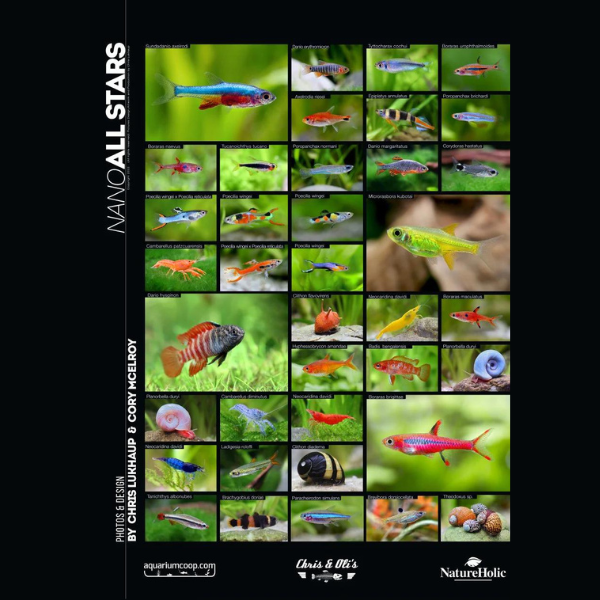
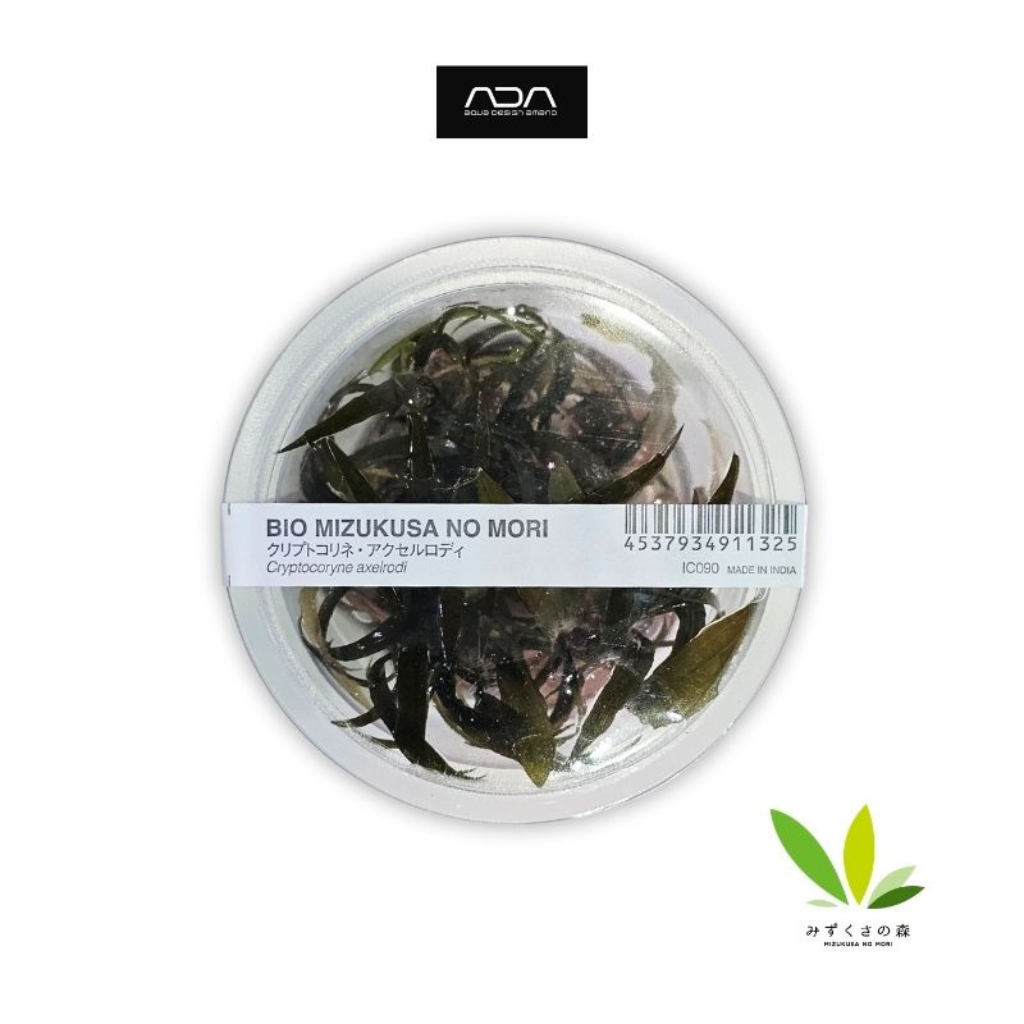
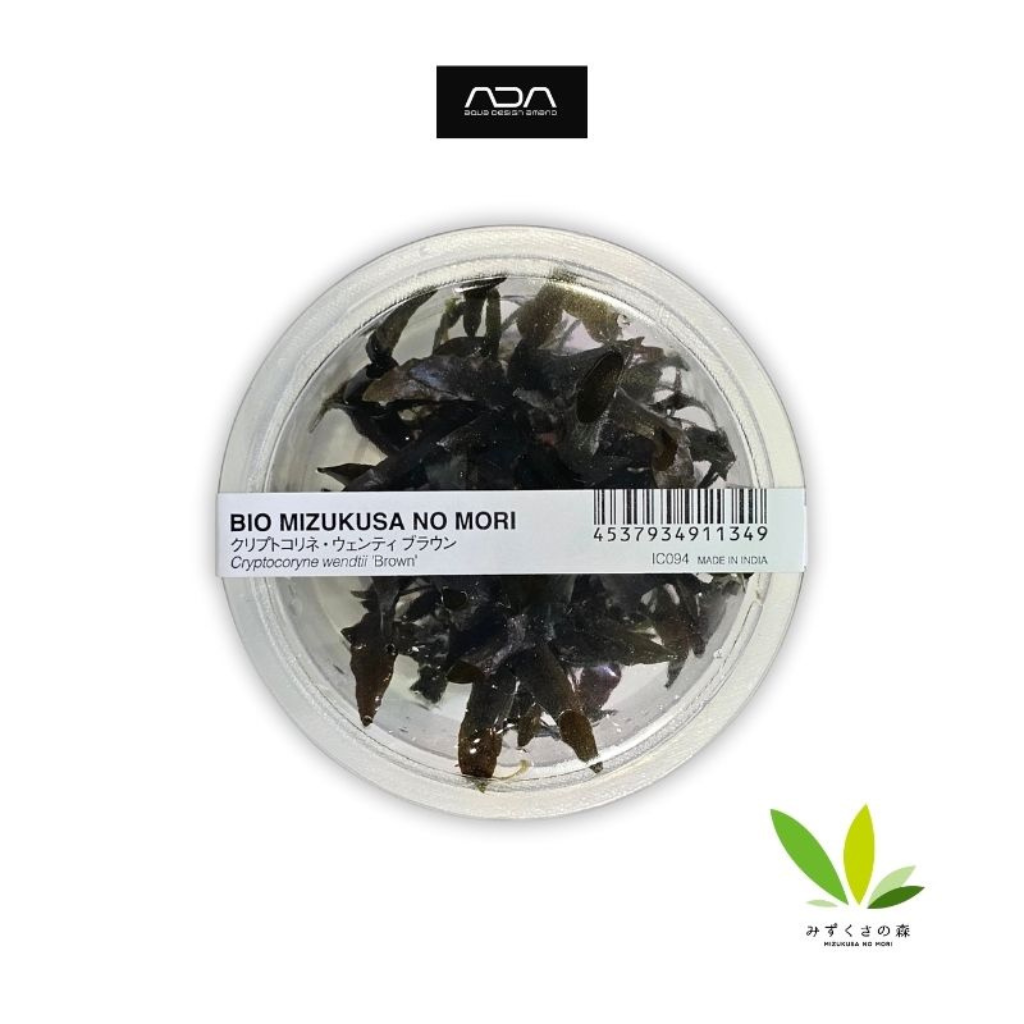
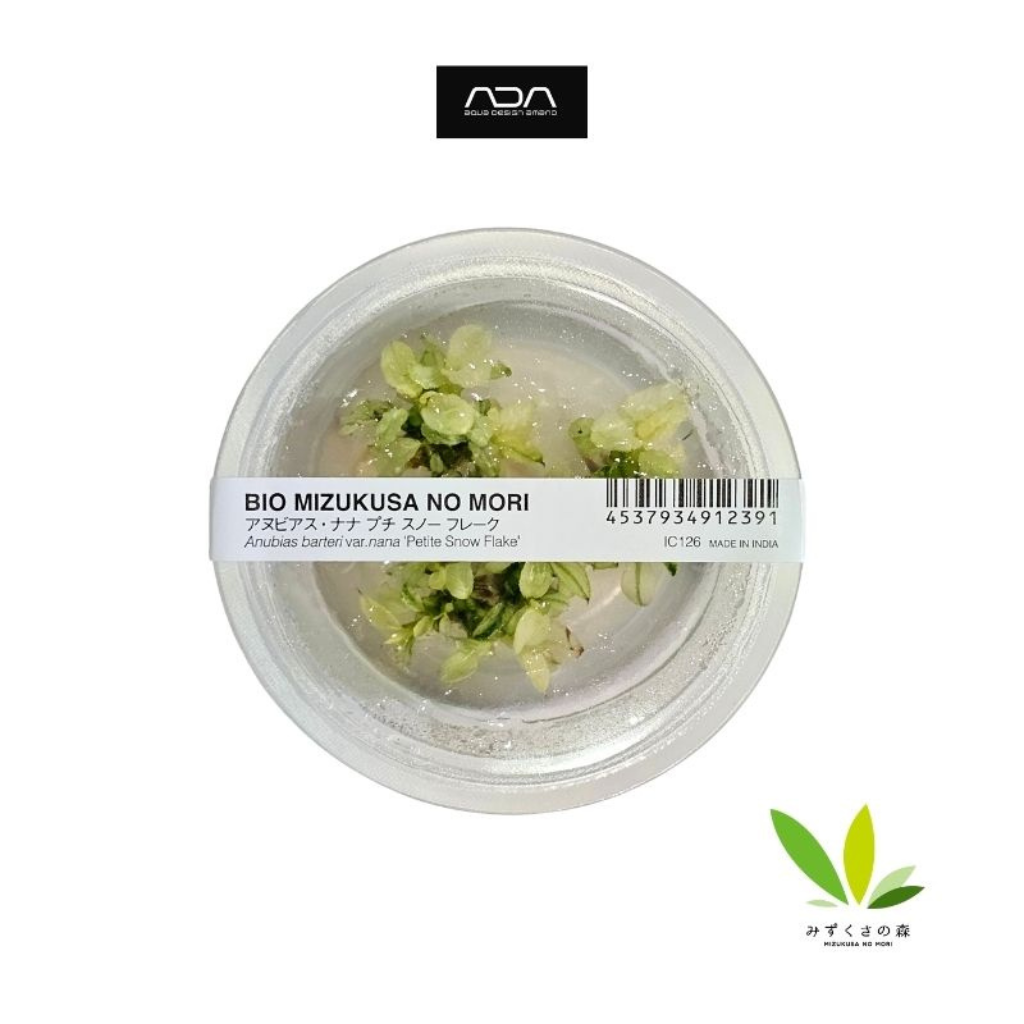
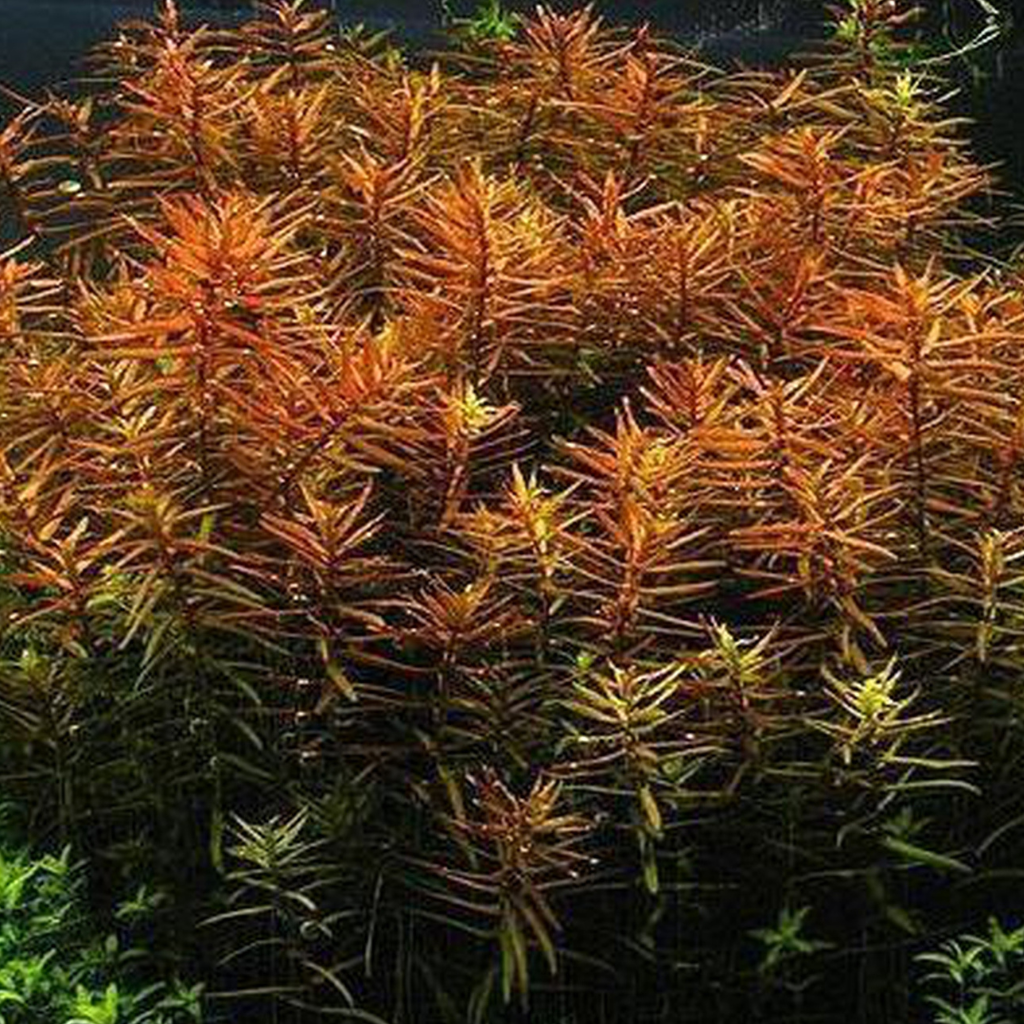
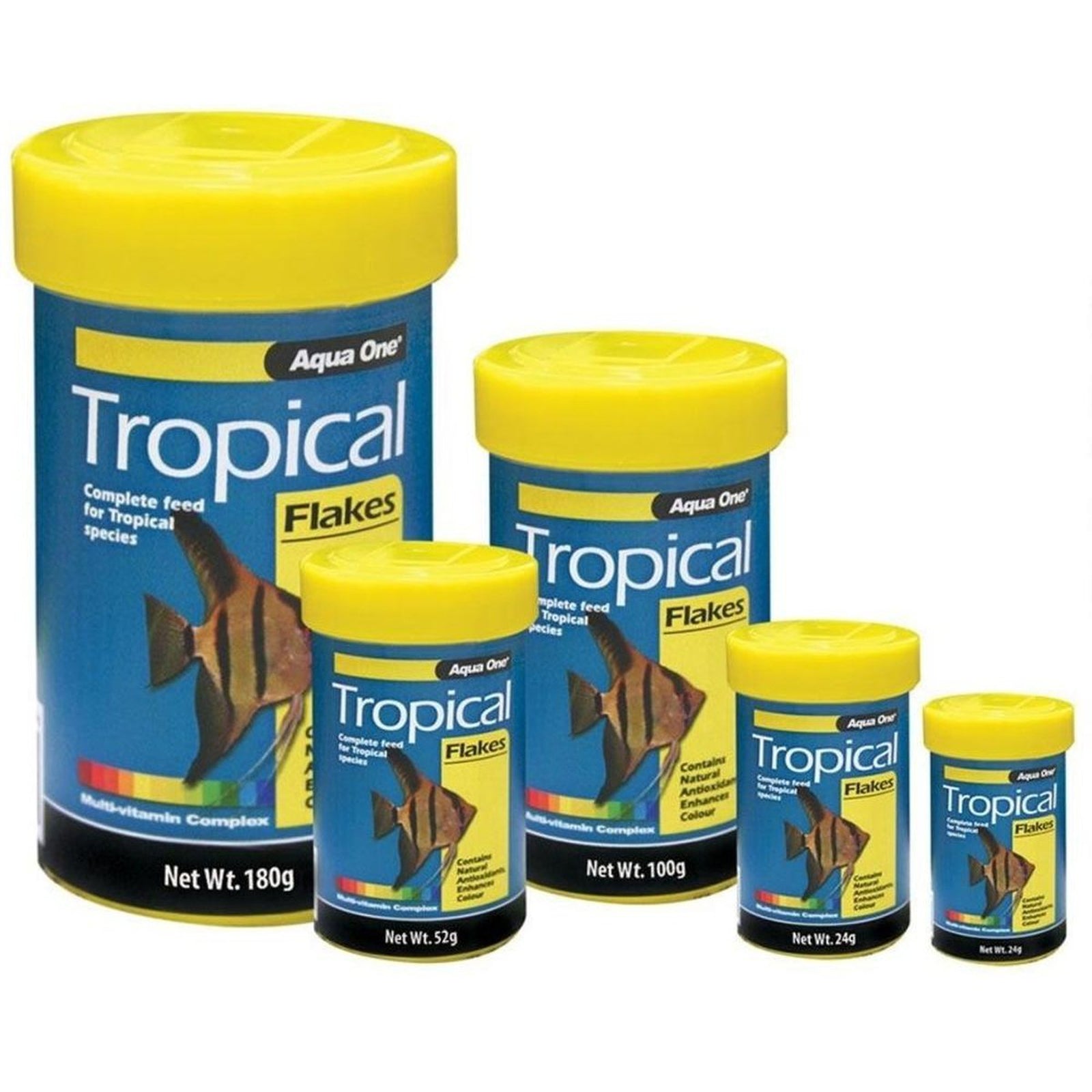
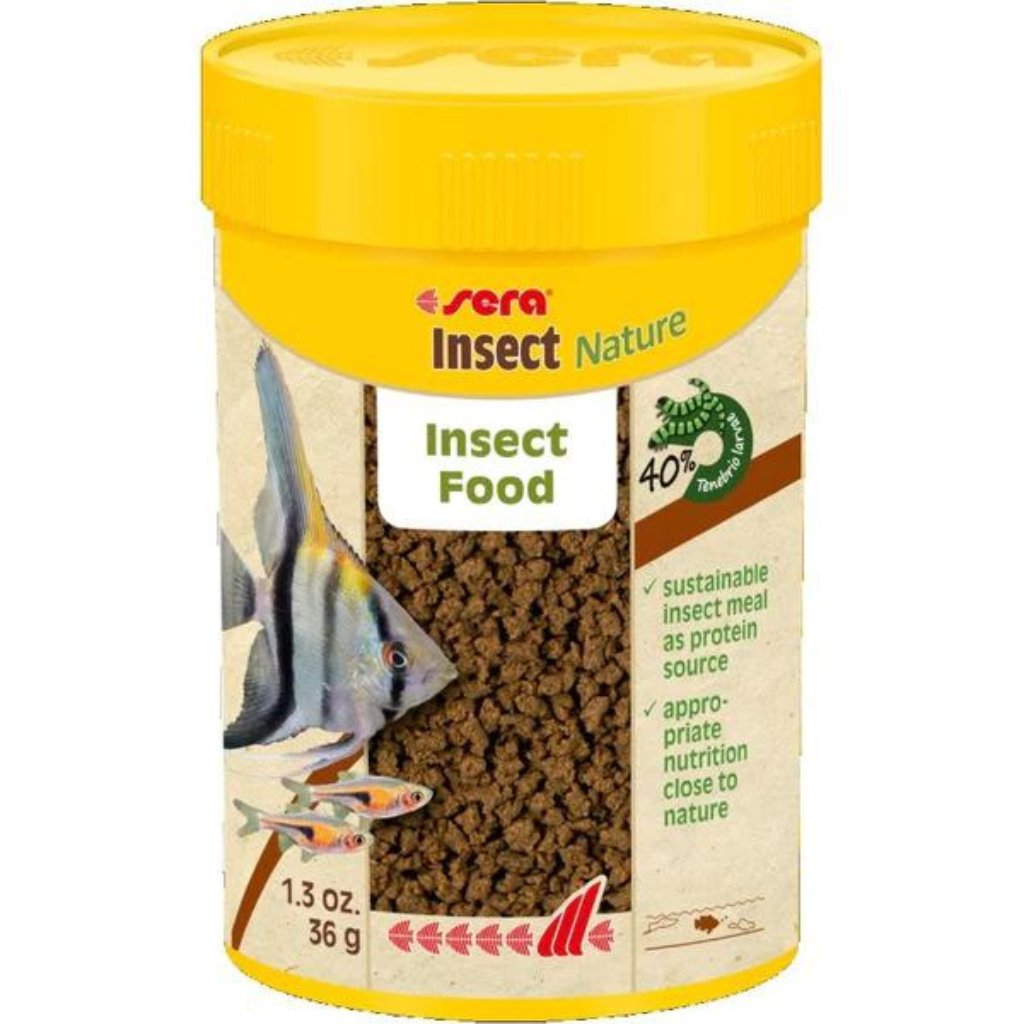
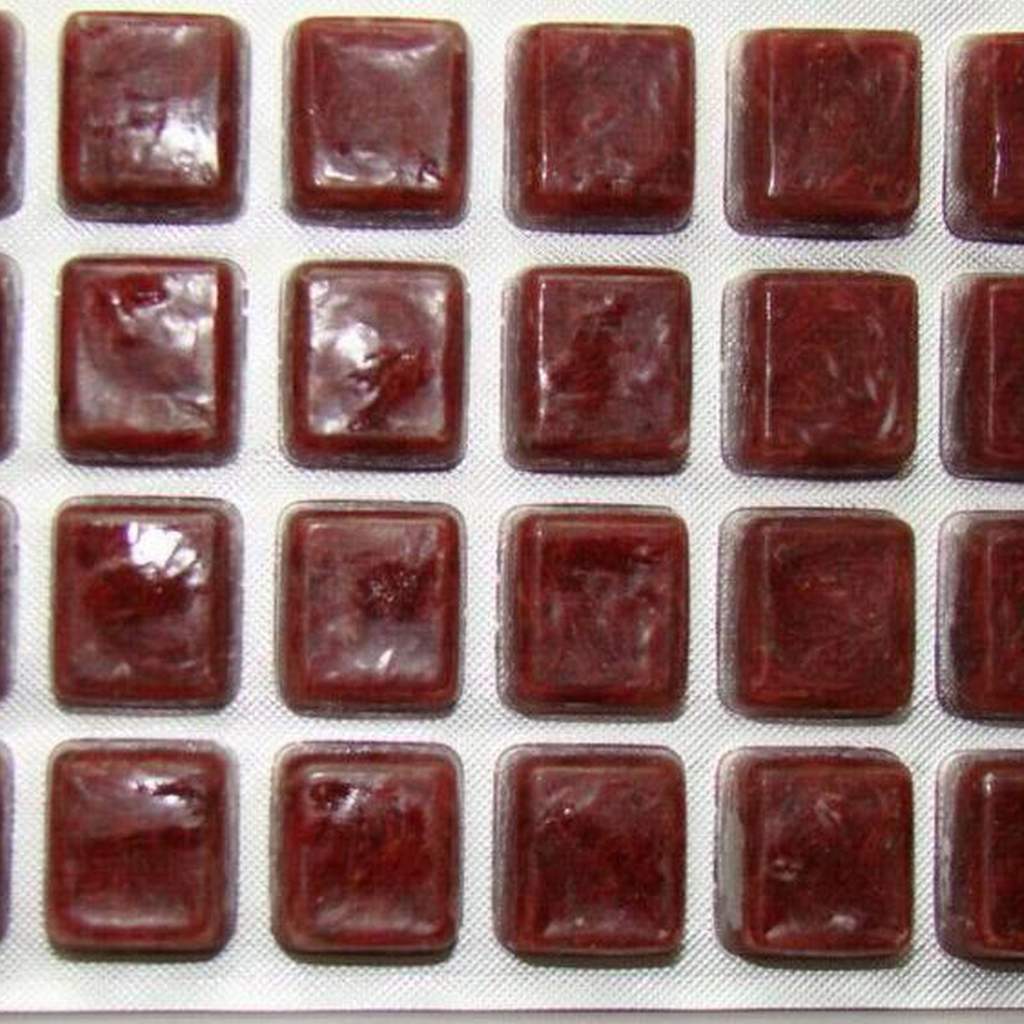

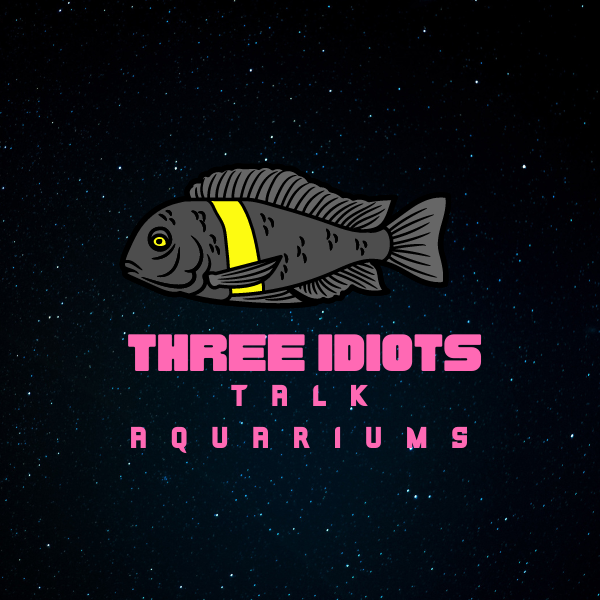



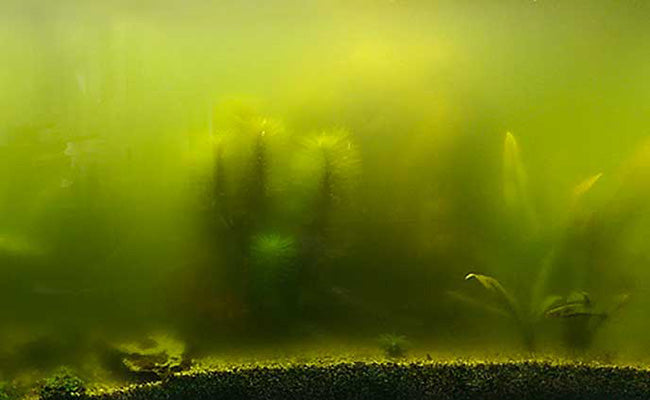
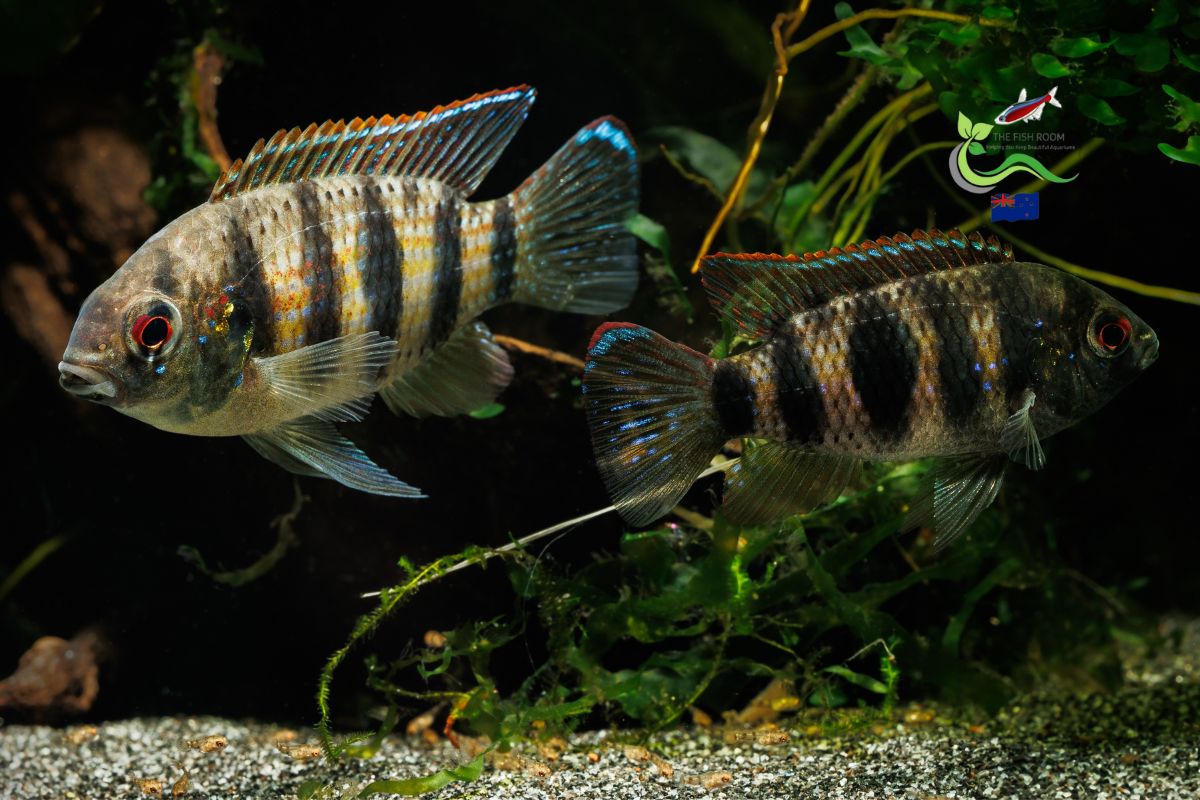
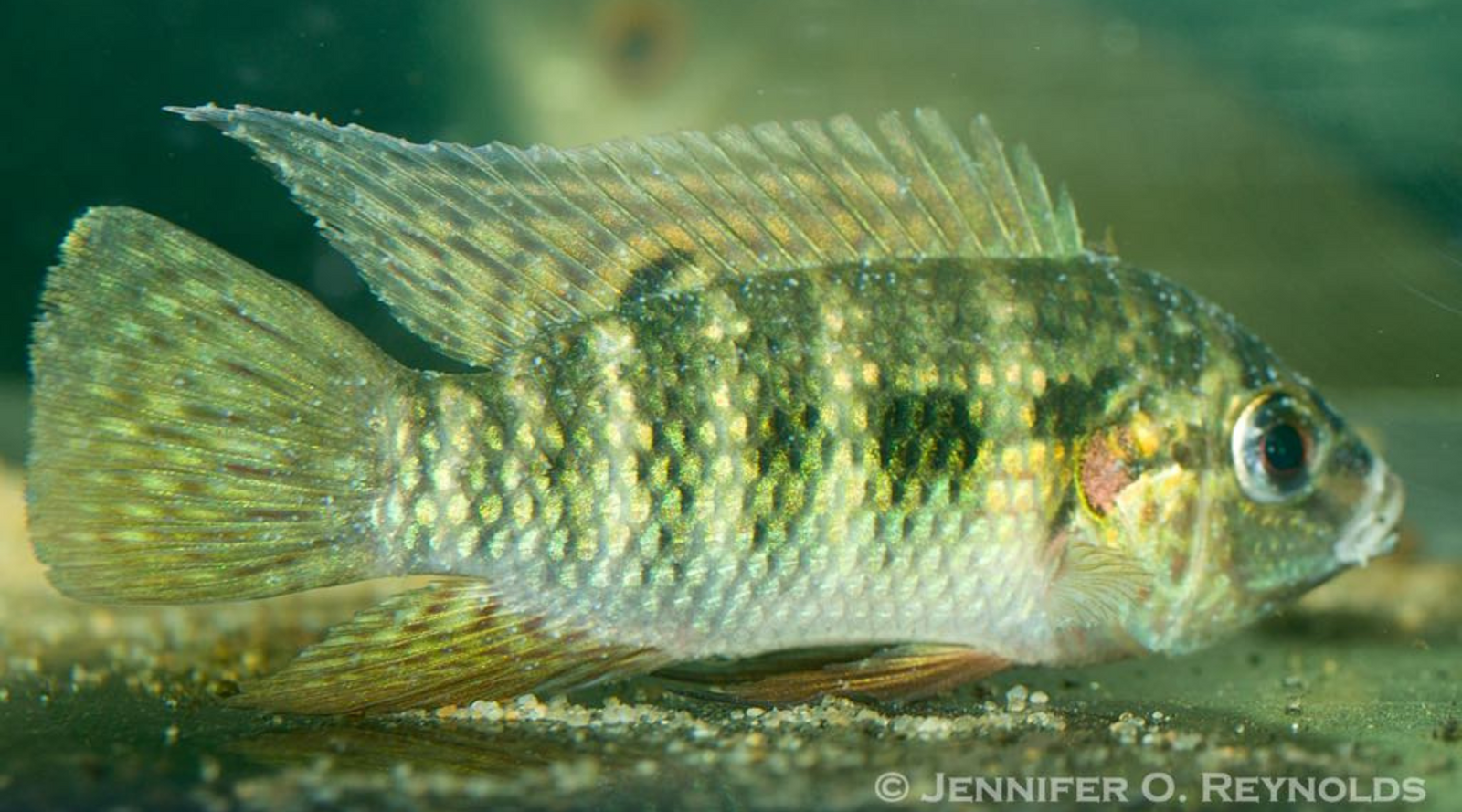
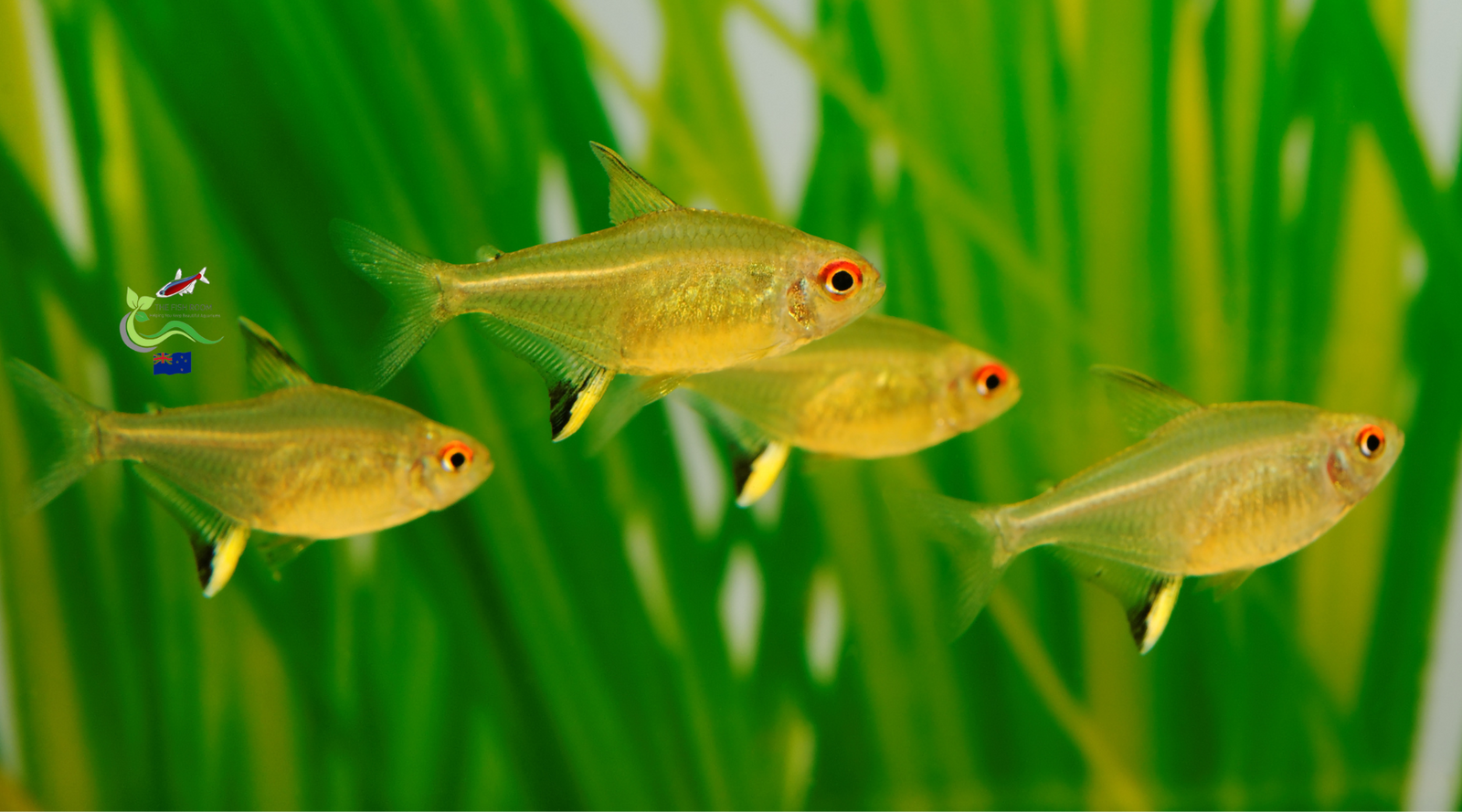
Leave a comment (all fields required)